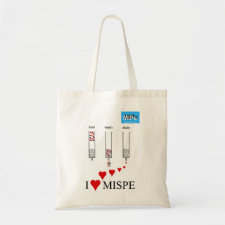
Authors: Chen SH, Li AM, Zhang LZ, Gong JM
Article Title: Molecularly imprinted ultrathin graphitic carbon nitride nanosheets-Based electrochemiluminescence sensing probe for sensitive detection of perfluorooctanoic acid.
Publication date: 2015
Journal: Analytica Chimica Acta
Volume: 896
Page numbers: 68-77.
DOI: 10.1016/j.aca.2015.09.022
Alternative URL: http://www.sciencedirect.com/science/article/pii/S0003267015011617
Abstract: Driven by the urgent demand for the determination of low level perfluorooctanoic acid (PFOA) present in environment, a novel electrochemiluminescence (ECL) sensor has been first developed for the detection of PFOA using the molecularly imprinted polypyrrole modified two-dimensional ultrathin g-C3N4 (utg-C3N4) nanosheets as a cathodic ECL emitter with S2O82- as coreactant. The prepared molecularly imprinted polymer (MIP) functionalized utg-C3N4 nanosheets (MIP@utg-C3N4) exhibit a stable and significantly amplified ECL signal. It is found that the targets of PFOA could be efficiently oxidized by the electro-generated strong oxidants of SO4- (from the reduction of coreactant S2O82-), thus leading to a low yield of the excited utg-C3N4 (g-C3N4* ) and finally a decrease in ECL signal. Based on this, a highly sensitive and selective MIP@utg-C3N4-based signal-off ECL sensor is developed for sensing PFOA. Such a newly designed ECL sensor exhibits highly linear over the PFOA concentration in two ranges, from 0.02 to 40.0 ng mL-1 and 50.0-400.0 ng mL-1. The detection limit (S/N = 3) is estimated to be 0.01 ng mL-1 (i.e. 0.01 ppb), comparable to the results obtained by using well-established liquid chromatography-tandem mass spectrometry (LC-MS/MS). Toward practical applications, this low-cost and sensitive assay was successfully applied to measure PFOA in real water samples, showing fine applicability for the detection of PFOA in real samples
Template and target information: perfluorooctanoic acid, PFOA
Author keywords: Ultrathin graphitic carbon nitride nanosheet, molecularly imprinted polymer, Electrochemiluminescence sensor, Perfluorooctanoic acid



Join the Society for Molecular Imprinting

New items RSS feed
Sign-up for e-mail updates:
Choose between receiving an occasional newsletter or more frequent e-mail alerts.
Click here to go to the sign-up page.
Is your name elemental or peptidic? Enter your name and find out by clicking either of the buttons below!
Other products you may like:
 MIPdatabase
MIPdatabase









